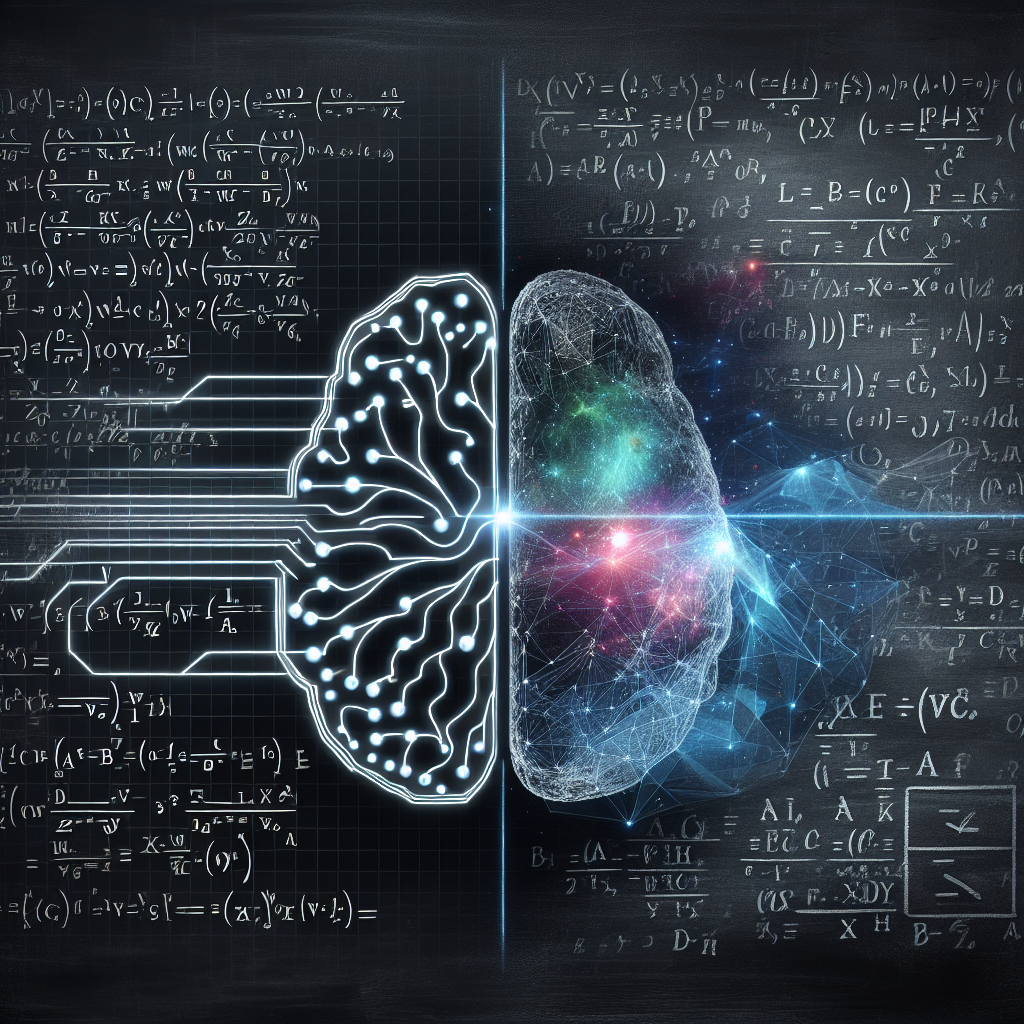Your cart is currently empty!
Cracking the Code of Machine Learning with Applied Mathematics

Machine learning is a powerful tool that is revolutionizing industries across the globe. From self-driving cars to personalized medicine, the applications of machine learning are endless. But how does machine learning actually work? The answer lies in applied mathematics.
At its core, machine learning is all about finding patterns in data and making predictions based on those patterns. This process involves training a model on a dataset and then using that model to make predictions on new data. But how exactly does the model learn from the data? This is where applied mathematics comes in.
One of the key concepts in machine learning is optimization. Optimization is the process of finding the best parameters for a model that minimize a certain cost function. This is typically done using techniques such as gradient descent, which involves iteratively updating the parameters of the model in order to minimize the cost function.
Another important concept in machine learning is regularization. Regularization is a technique used to prevent overfitting, which occurs when a model performs well on the training data but poorly on new data. Regularization involves adding a penalty term to the cost function that discourages the model from becoming too complex.
In addition to optimization and regularization, linear algebra plays a crucial role in machine learning. Many machine learning algorithms involve manipulating matrices and vectors, and a deep understanding of linear algebra is essential for understanding how these algorithms work.
Probability theory is another key component of machine learning. Many machine learning algorithms are based on probabilistic models, which involve making predictions based on the likelihood of certain events occurring. Understanding probability theory is essential for building and interpreting these models.
In conclusion, machine learning is a complex and powerful tool that relies heavily on applied mathematics. By understanding concepts such as optimization, regularization, linear algebra, and probability theory, we can crack the code of machine learning and harness its full potential. Whether you’re a data scientist, a software engineer, or just someone interested in the future of technology, a solid understanding of applied mathematics is essential for mastering the art of machine learning.
#Cracking #Code #Machine #Learning #Applied #Mathematics,machine learning: an applied mathematics introduction

Leave a Reply